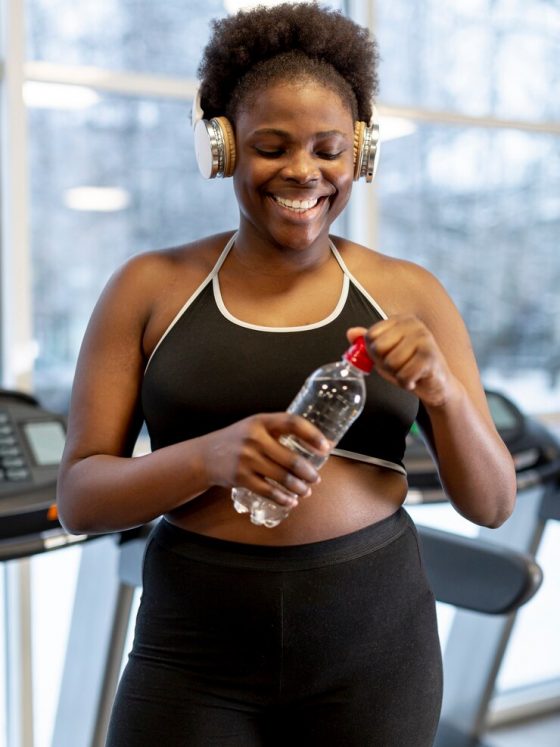Yoga and Pilates are often mentioned in the same breath when discussing fitness and wellness. While both promote strength, flexibility, and mental clarity, they are distinct practices with unique philosophies and benefits. Understanding their differences can help you determine which is better suited to your personal health goals.
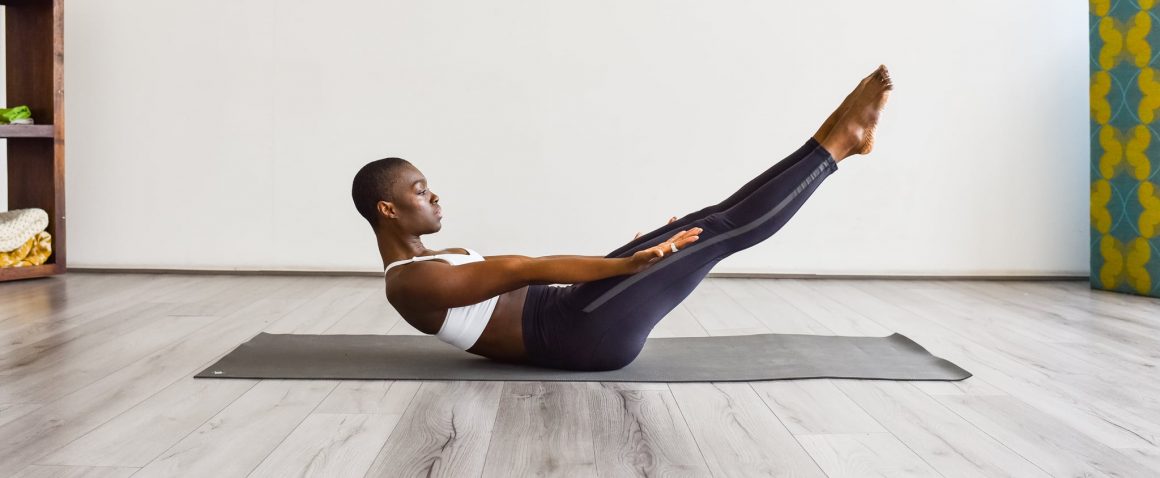
The Essence of Yoga
Yoga, an ancient practice rooted in Indian philosophy, is more than just physical exercise. It encompasses a holistic approach to well-being, integrating physical postures (asanas), breathing techniques (pranayama), and meditation (dhyana). The ultimate goal of yoga is to achieve a harmonious balance between mind, body, and spirit.

Types of Yoga
Hatha Yoga: A gentle introduction to the basic yoga postures.
Vinyasa Yoga: Involves a series of poses that flow smoothly into one another.
Ashtanga Yoga: A rigorous style of yoga following a specific posture sequence.
Iyengar Yoga: Focuses on precise alignment and detailed instruction.
Bikram/Hot Yoga: Practiced in a hot room to promote sweating and flexibility.
The Pilates Perspective
Developed by Joseph Pilates in the early 20th century, Pilates is a method of exercise that emphasises the balanced development of the body through core strength, flexibility, and awareness to support efficient, graceful movement. It’s particularly popular among dancers and athletes.
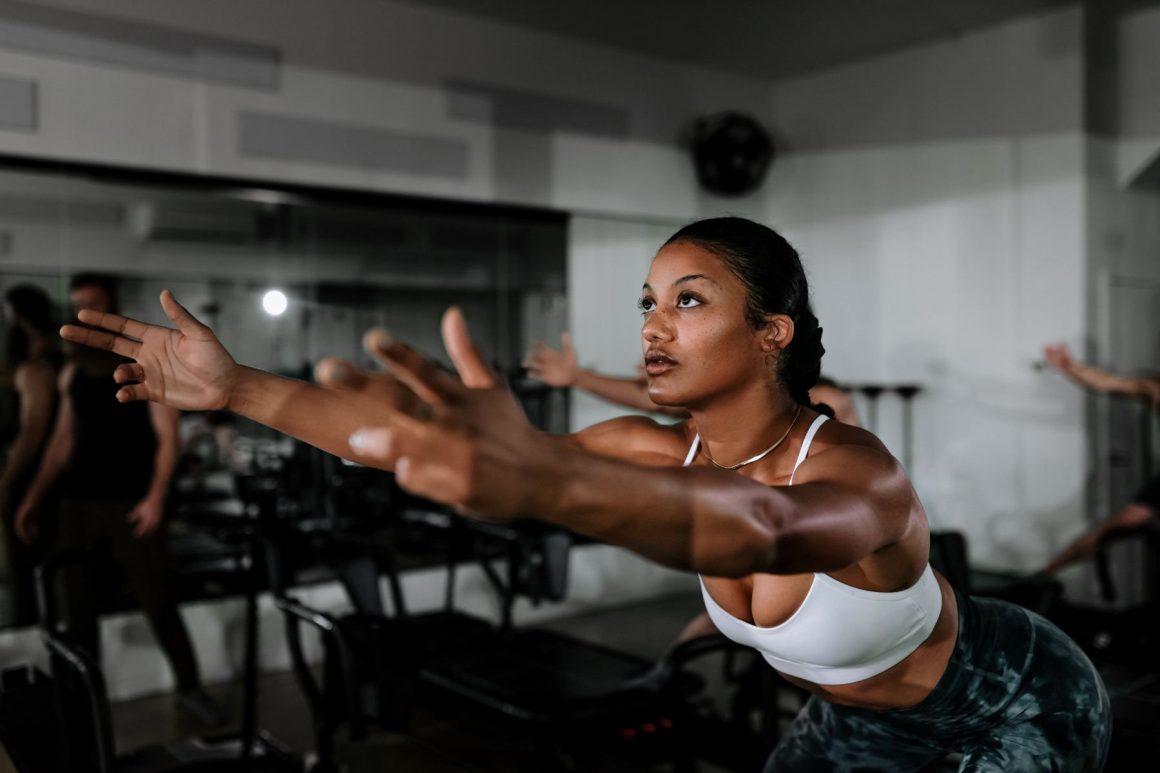
Pilates Variations
Mat-Based Pilates: Utilises a mat and the body’s resistance.
Reformer Pilates: Involves a machine called a reformer to provide resistance.
Clinical Pilates: Tailored specifically for rehabilitation purposes.
Comparing Yoga and Pilates
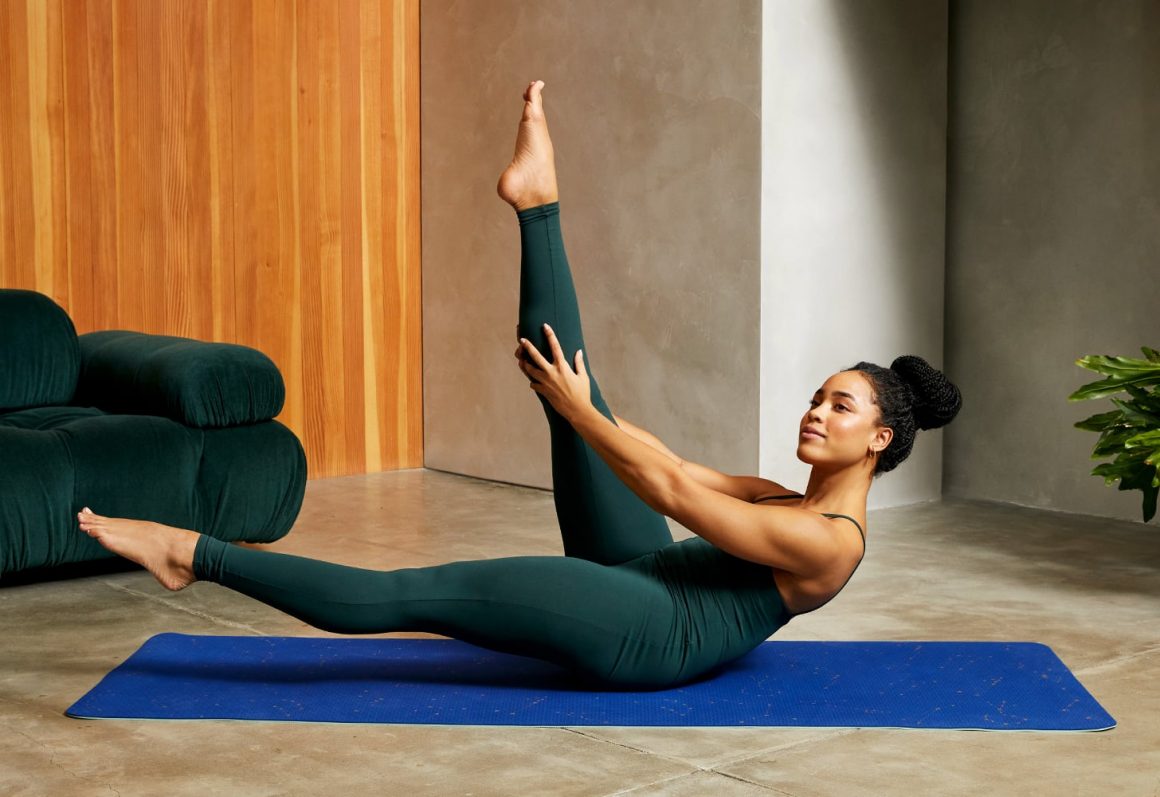

Focus on the Mind-Body Connection
Yoga: Emphasises meditation and mindfulness, cultivating a deep connection with the inner self.
Pilates: Focuses on the physical aspect of mindfulness, ensuring each movement is done with total awareness.
Physical Benefits
Yoga: Improves flexibility, muscle tone, balance, and strength. It also promotes cardiovascular health.
Pilates Primarily strengthens the core but also improves postural alignment and muscle balance.
Mental Health Benefits
Yoga: Known for reducing stress and anxiety through its meditative practices.
Pilates: Enhances mental focus and concentration due to its emphasis on controlled movements.
Which is Better for You?
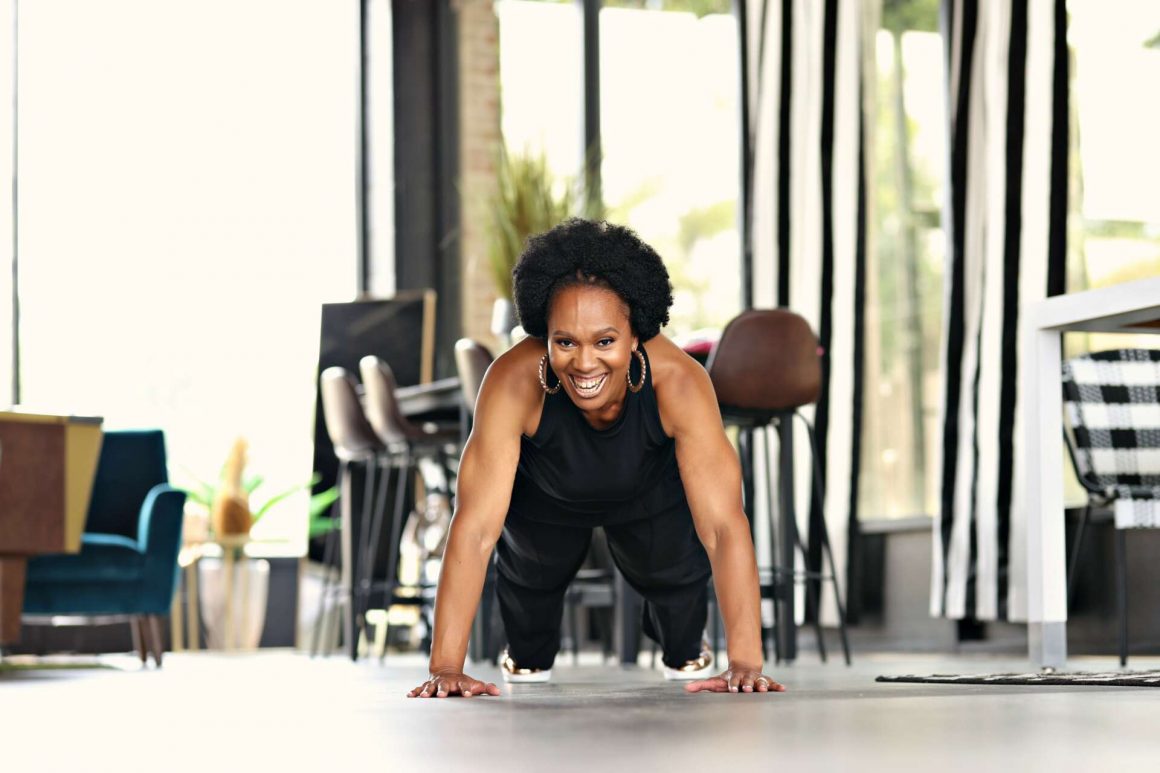
Consider Your Goals
For Flexibility and Stress Relief, Yoga is a great choice. It stretches your muscles and includes deep relaxation and meditation techniques.
For Core Strength and Postural Correction: Pilates is excellent for those looking to enhance core strength and improve posture.
Health Considerations
Yoga: Beneficial for those with arthritis or osteoporosis due to its low-impact nature. However, the intensity can vary, so choosing the right type is crucial.
Pilates: Ideal for injury rehabilitation and preventing musculoskeletal injuries. It’s also beneficial for chronic back pain.
Accessibility and Lifestyle
Yoga: Can be practised anywhere – at home, in a park, or a studio. It’s adaptable to various lifestyles and fitness levels.
Pilates: Requires specialised equipment for some forms, making it less accessible outside studios.
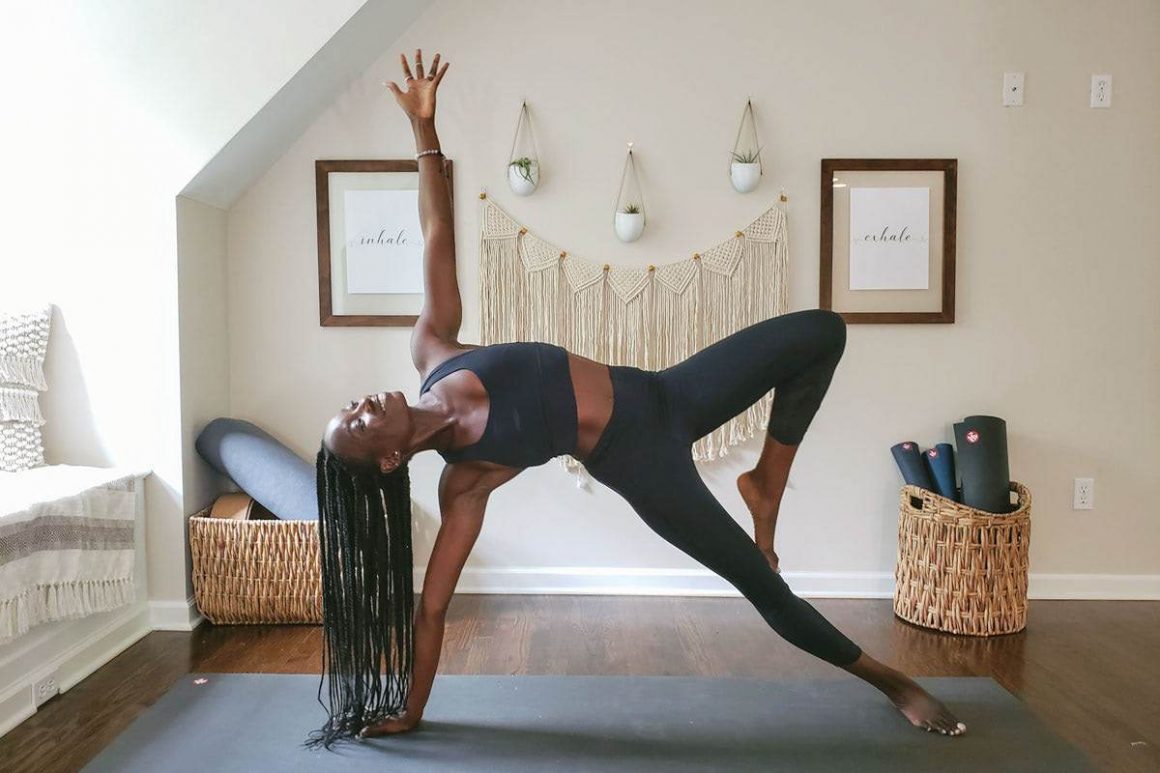
Ultimately, the choice between yoga and Pilates comes from personal preference and goals. Yoga may be your path if you’re seeking a holistic approach to wellness, encompassing physical, mental, and spiritual health. If you’re focused on physical strength, particularly in the core, and postural improvement, Pilates might be more suitable.
Consider trying both to see which aligns best with your needs and preferences. Remember, the journey towards health and wellness is deeply personal, and what matters most is finding a practice that resonates with you and your body.







